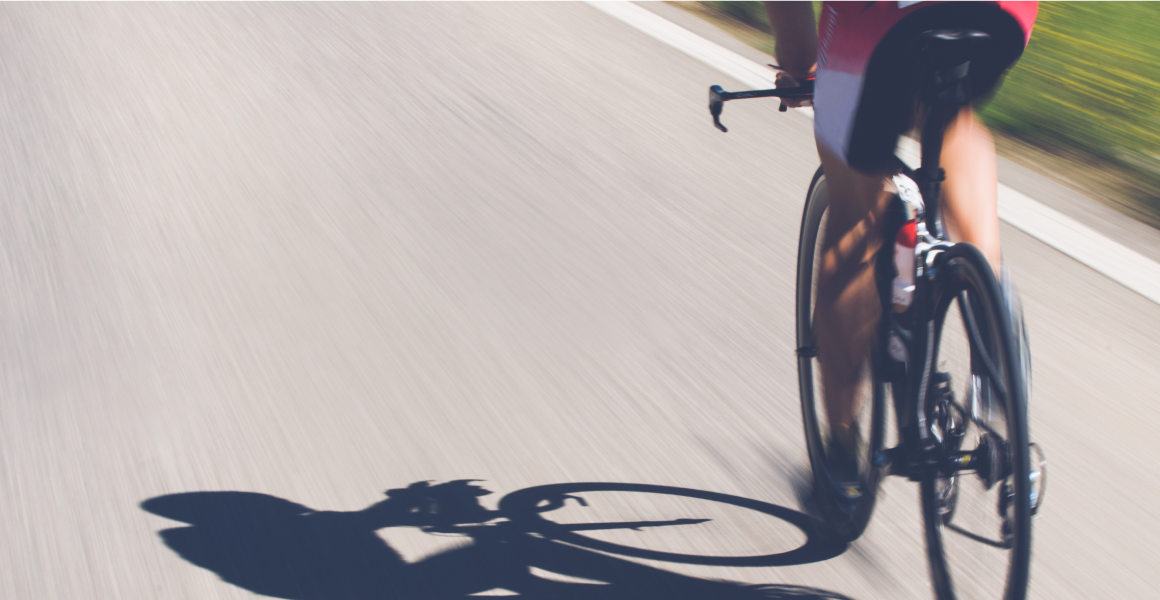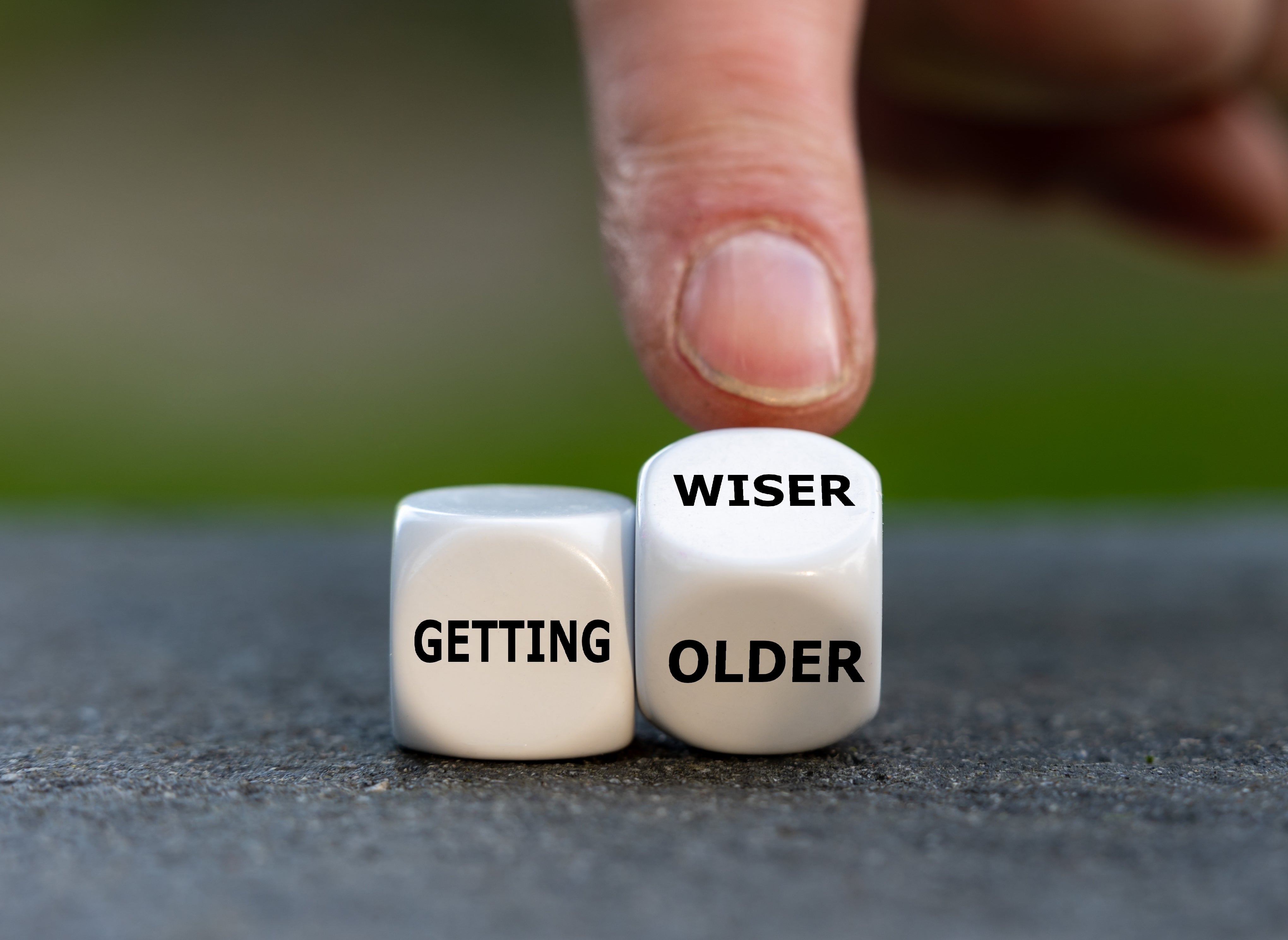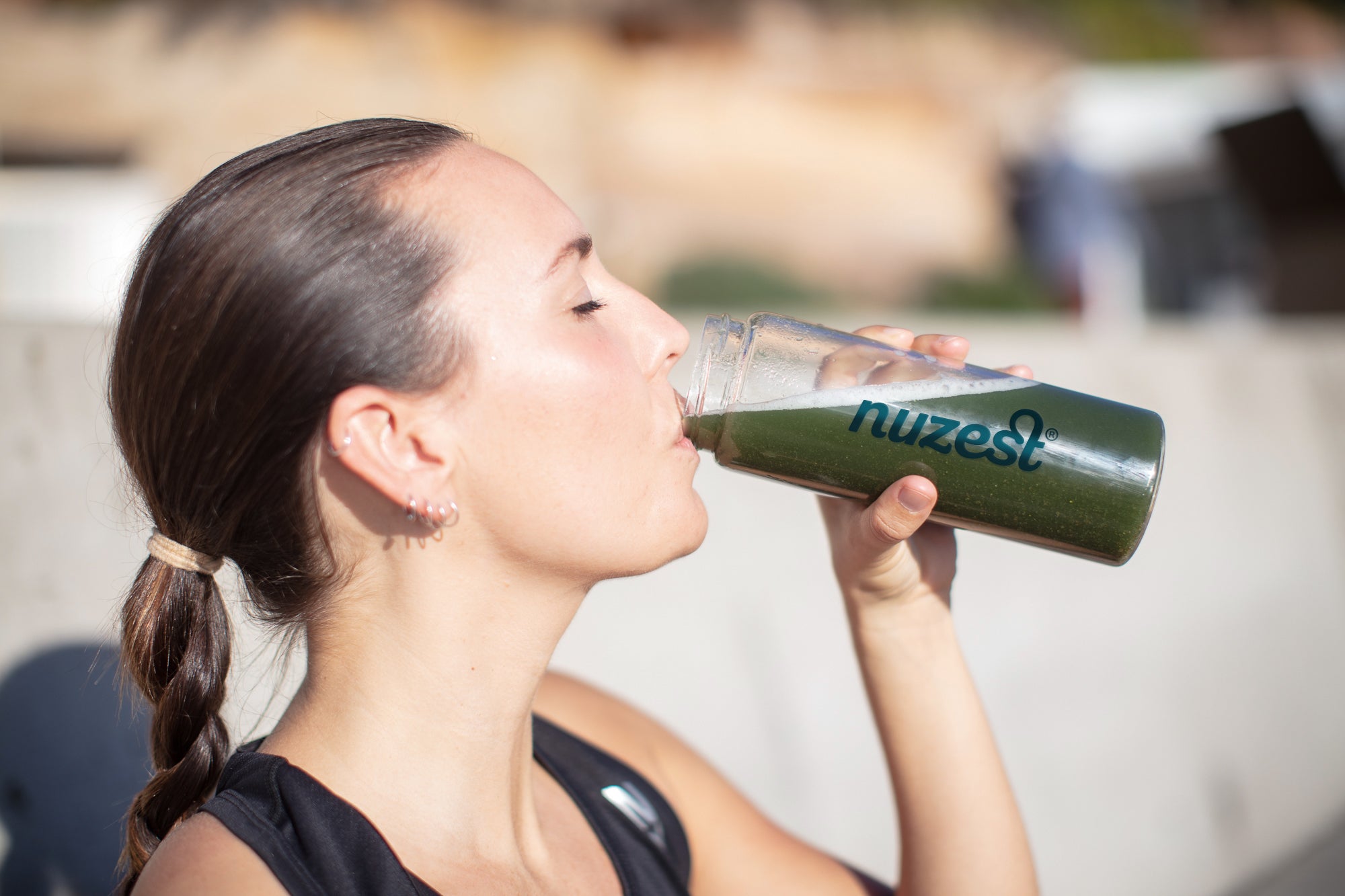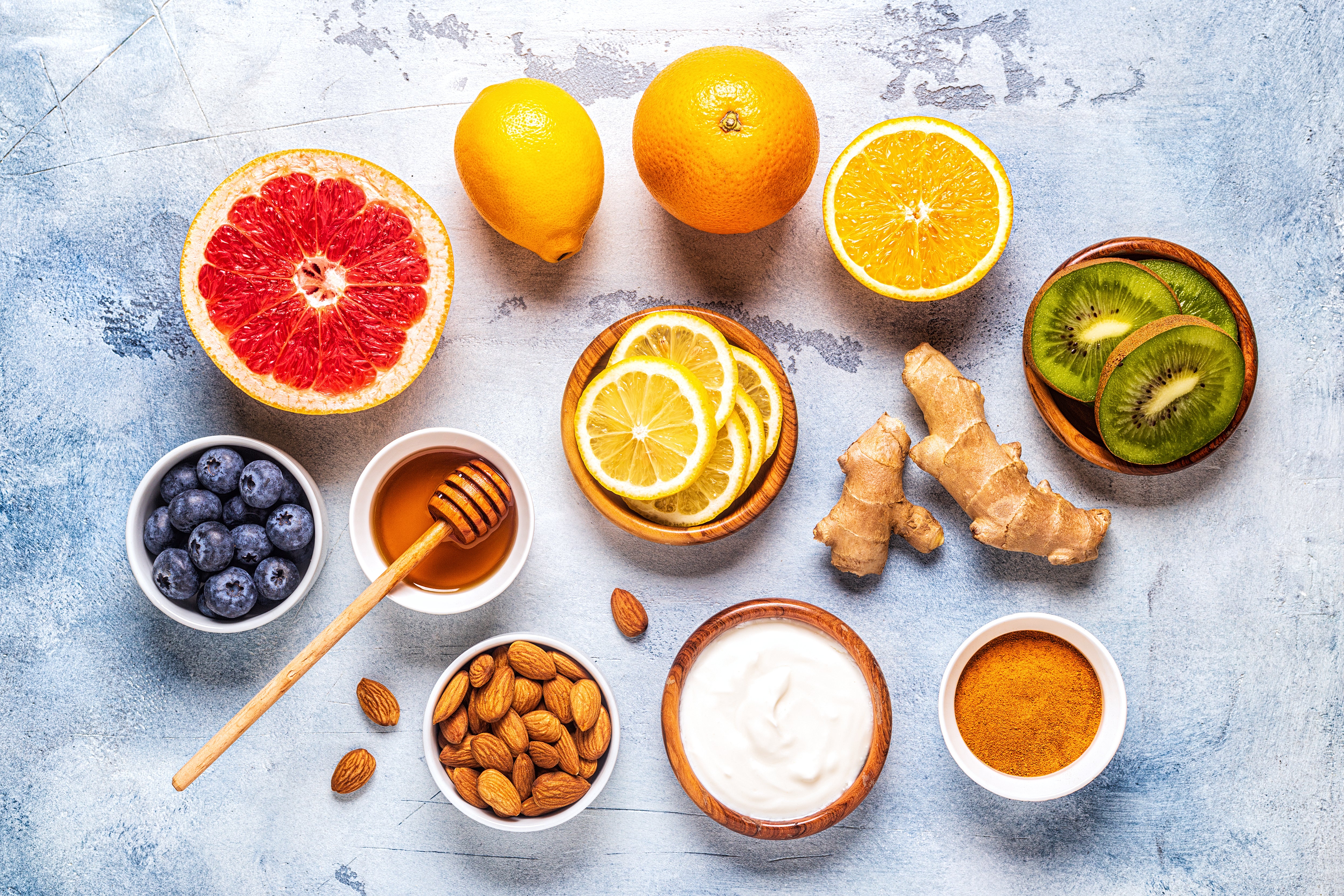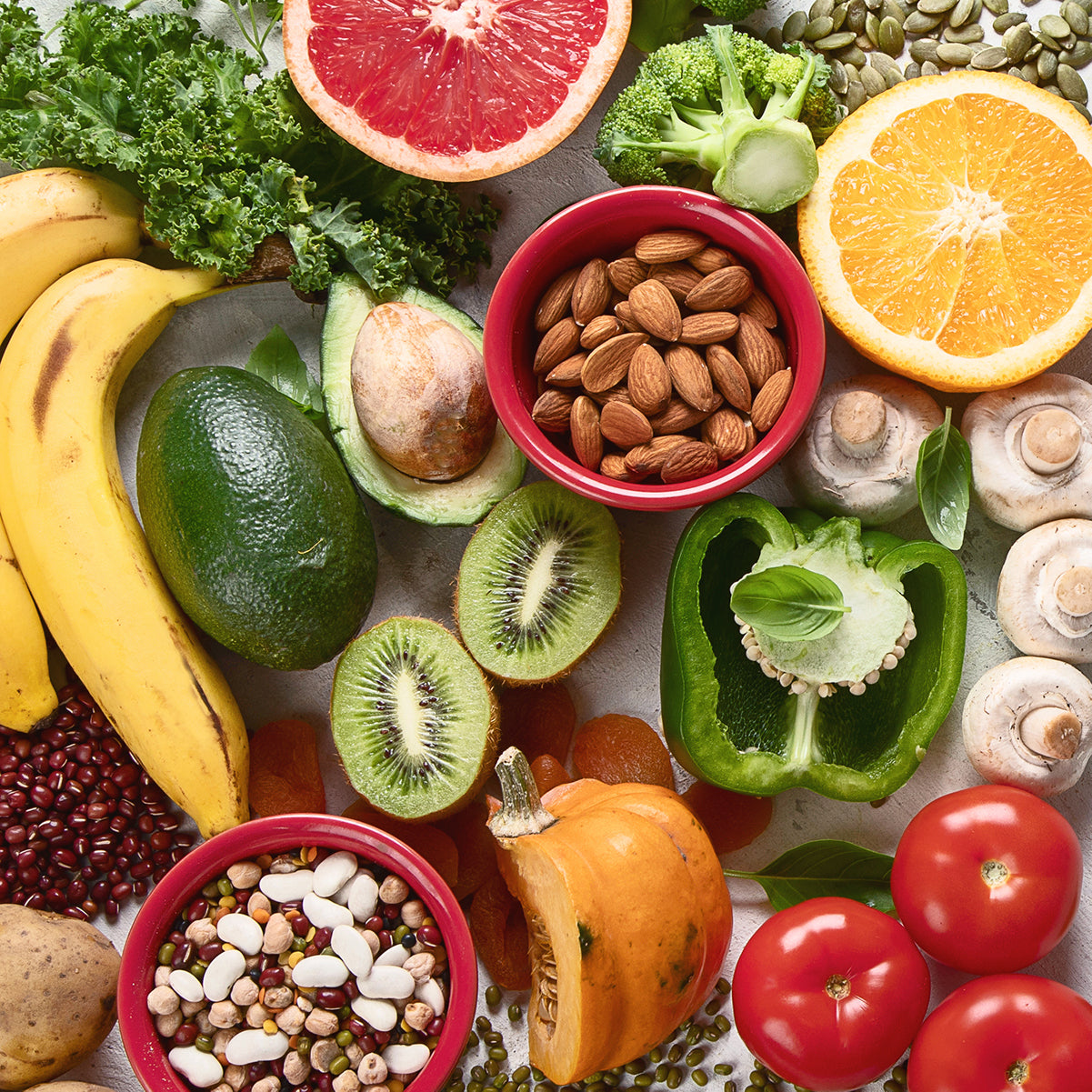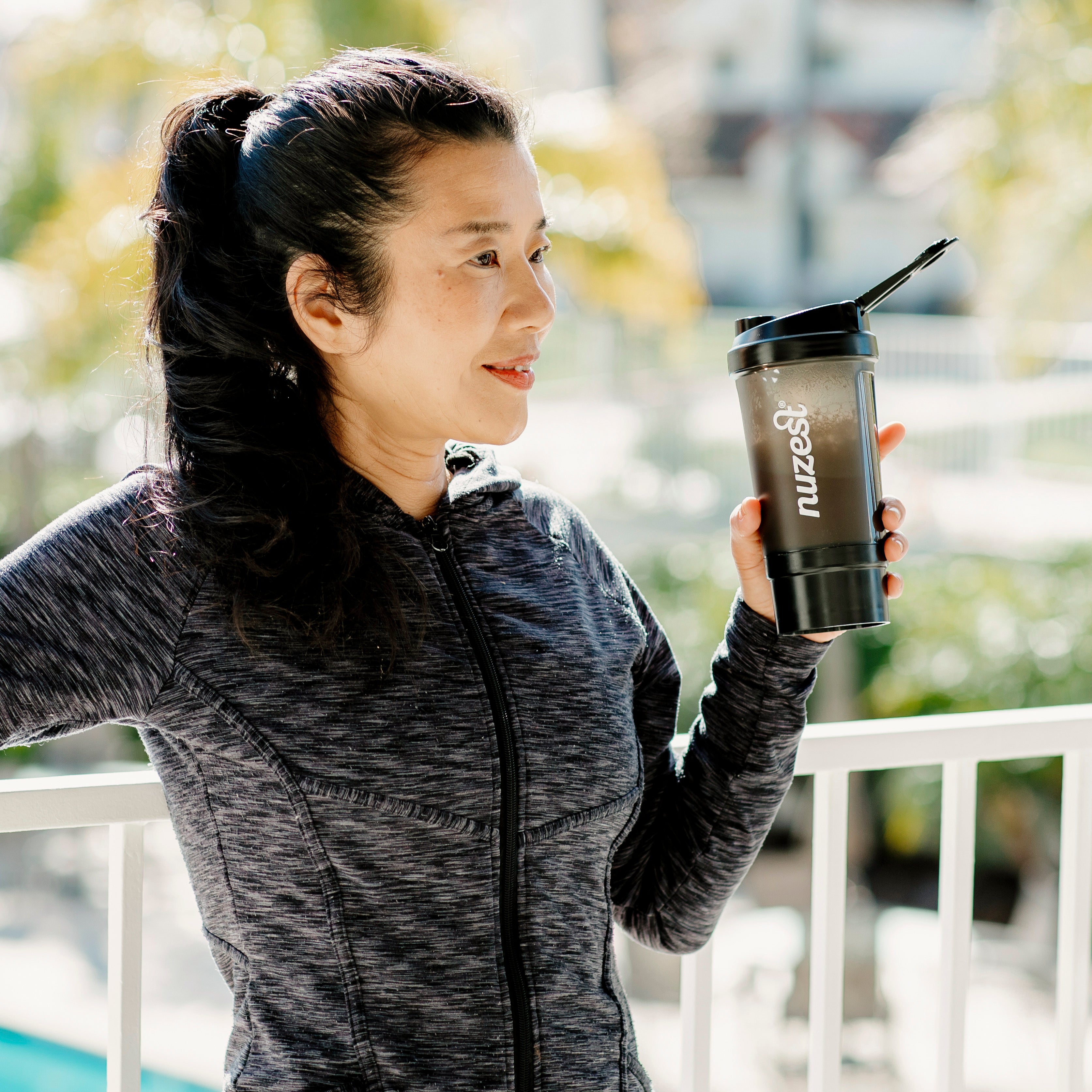Picture this
The fresh air washes around you, leaving in its wake the residual stress from your hectic week. The hum of the tyres on the road and mechanical whirr of your freshly oiled chain and gears are the only indicators that your forward movement is being assisted.
Your breathing is steady and deep. Your torso and core feel good, strong and light, not being weighed down by food or digestive processes. You're running on empty, but your fat reserves and ketones are burning cleanly, propelling you forward at a surprisingly rapid speed. Your legs feel powerful and you know they can deliver the goods for hours to come, regardless of the hills thrown up in front of you.
After nearly two hours in the saddle, you have no inclination to feast on cake or even down a gel. Your body has learned to use fuel from its own fat stores, and you know the fat burning will continue well after you finish your ride. This is the life of a keto-adapted cyclist, they've developed extraordinary metabolic flexibility (the ability to burn fat when they need to and use carbs or protein when both the demand and supply is there).
This is the system we've been gifted by our ancestors; one that often falls into disuse through our frequent over-eating, over-exposure to carbohydrate-based foods including during training.
When it went pear-shaped
Fat-burning, not by accident, allows us to extract over twice the amount of energy per gram of fuel than when we burn carbs or protein. When we over-indulge in simple carbs, there's no need for us to dig deep into our own fat reserves. Our blood is rich in glucose (the dirty-burning fuel our body uses when we are reliant on sugars and carbs as our primary fuel).
This remarkably flexible system for metabolising fuels allowed our Palaeolithic ancestors to function in unpredictable cycles of activity aimed at hunting and gathering food, a process that sometimes lasted days, followed by feasting and rest. No one is suggesting we return to our caveman ways, but there is very little difference in our genetics from those of our ancestors some 20,000 years ago. Agriculture only started circa 12,500 years ago and it was only then that the predecessors of wheat, such as emmer, einkorn and spelt, and later, other cereals including barley, maize and rice, became staples in most parts of the world.
While many of us tax our carb-burning glycolytic metabolism to the full these days, our ancestral fat-burning pathway that relies on the beta-oxidation of fats, often remains largely dormant. To stave off sugar crashes, we become ever-more reliant on carbs as our fuels, ironically converting any unburned fuel to fat. We then forfeit a clean burning fat metabolism for the dirtier burning of carbs, producing many more free radicals in the process that in turn damage membranes and DNA - effectively ageing us more quickly.
Switch on your fat-burning metabolism
We can all do it. Some do it easier and quicker than others. For most of us, it's around a 12 week journey, but not an arduous. In fact, there are ways of making it easy, hugely rewarding and even fun!
From a dietary perspective, we suggest you follow the nutrient composition and guidelines in the ANH Food4Health plan. You'll also get some great information on metabolic flexibility and
fuel efficiency
Keto Adaptation Principles:
- Eat three meals - Half your food will be unprocessed vegetables and small amounts of fruits with high quality protein and healthy fat sources
- No snacking in-between meals, you will need to leave at least 5-hour intervals between your meals
- Weekly 16 hour fasts (don't panic, you'll be asleep for about half of that time)
- Add some supplementary nutrition such as Good Green Stuff to support your metabolism and recovery
- Avoid gels and sugar based drinks while you're riding
- A simple training plan
As your metabolism becomes more flexible, you'll be able to adjust your regime to your needs. The rewards are such that you won't be inclined to revert to your old dietary and lifestyle patterns!
Add a simple but effective training plan
- Two long-rides per week (non-fast days). These shouldn't be on consecutive days, such as the weekend. Ideally, one should be mid-week if the other is at the weekend. Many people find the easiest way of doing these longer training rides is early in the morning. They should be over 2 hours in duration, with at least one that's over 3 hours each week.
- Get some High Intensity Interval Training (HIIT) It's a great way to use the right fuel after one of your 16 hour fasts. You can do this on a turbo trainer, or combine gentle riding during recovery periods, along with intense sprints for your high-intensity intervals.
- You need to extend your rides in order that you don't just burn your muscle and liver glycogen reserves, glycogen being the short-term storage form produced by the body from carbs.
As you ride in your fasted state, without the rich supply of blood sugar, your body will re-learn that it has to beta-oxidise fats. It will start to generate a very low level of ketone bodies that your body and even your brain can use as fuel. It won't happen immediately and it might take two or even three months before 'nutritional ketosis' kicks in. If you're so inclined you can even use a ketone meter such as the Ketonix to measure ketone bodies. It's something endurance athletes, especially the pros, are doing more and more often as they learn to appreciate the remarkable benefits of keto-adaptation.
Get the right supplementation
After your early morning ride you'll want to make sure that you add plenty of protein and healthy fats into your breakfast. Down a Nuzest Clean Lean Protein shake within the 30 minute 'magic window'. It's 100% natural, one of the best tasting, most highly digestible proteins around made from the highest quality pea protein, free from any preservatives, artificial sweeteners, colours or common allergens. It's 100% vegetable, yet has all the potency (and then some) of other proteins. It's very low in carbs and easy to digest, super-charged with the ideal profile of amino acids and best of all, unlike dairy-based proteins, it's alkaline with a pH of 7.8!
If you're still hungry after this, a couple of poached eggs, some spinach leaves and a couple of gluten-free oat cakes are a good shout.
Don't neglect supporting the rest of your body that otherwise suffers under exercise-induced stress - and mop-up those free radicals. Try a serving of Nuzest Good Green Stuff, preferably along with your main meal of the day. It's a super-blend of 75+ nutrient-rich greens, vitamins, minerals, fruits, vegetables, herbal extracts and plenty more, that put simply, each 10g dose has the very best nutrients, in a body-ready form, all in one great-tasting product! What's more, it includes prebiotic fibres, microbiotics, enzymes and yes, the all-important plant-based antioxidants. The ingredients are carefully selected and delivered in optimal dosages to support all 12 of the major body systems, from your immune, cardiovascular, endocrine and nervous systems, through to your skin, hair and nails! All the things any cyclist could ever need, in a completely natural nutritional supplement with no fillers, preservatives, artificial colours, sweeteners or other nasties.
Getting the right mix of protein and nutrients is key to your recovery. Your recovery is just as important as the exercise itself.
The Bottom line
Some people ask: why go to the trouble? My answer is simple: It's no trouble. It's about becoming a better cyclist, with much greater endurance or sprinting potential. It's about engaging in a diet and lifestyle that means you'll be lighter, leaner and stronger, making long rides, sprints and hills more of a guilty pleasure than tasks that are painful or arduous.
When I started my journey into keto-adaptation, I always would carry a gel in the back of my jersey in case I needed to use it. It reassured me that I wouldn't be left behind if I felt the 'bonk'. After 2 months, I didn't need it any more for rides of 60 miles or less. And these days when I do need a gel on long, endurance rides, I need way fewer than those who haven't keto-adapted.
Oh, and I lost 25 kg in weight in 6 months and performance stats sky-rocketed! My average speeds and PBs on Strava segments have soared over the last couple of years. At 55, I'm riding faster and longer than ever before, and with much less stress on my body. All of these things mean that cycling offers more rewards than I could have ever imagined. And how I love the fresh air and scenery, the hum of the tyres on the road, and the whirr of the gears – especially in my recently keto-adapted state!
